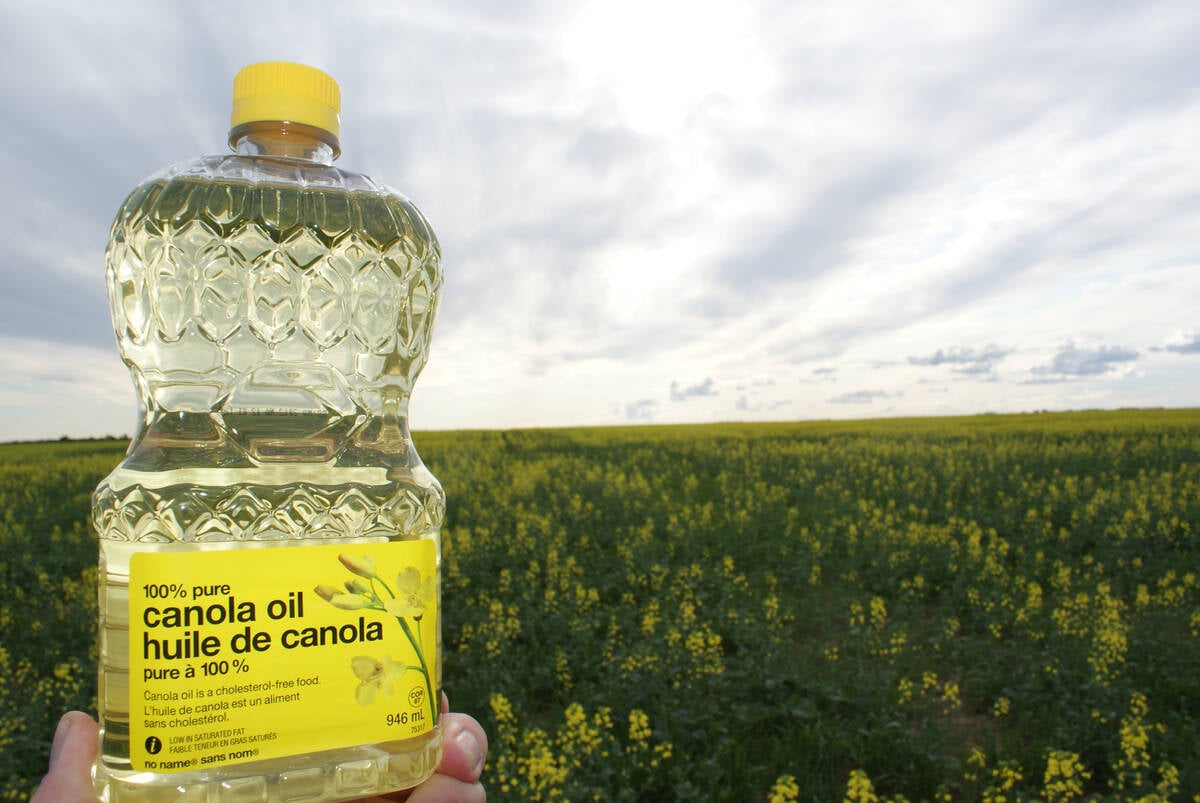Alternative rotation | Sunflowers make use of excess nitrogen and can offer growers pricing and agronomic advantages over soybeans
Sunflowers are holding their own in a rearguard action against the onslaught of soybeans and corn, says the president of the U.S. National Sunflower Association.
Corn is turning out to the be an ally and soybeans are losing their luster.
“I think as corn moves north, it’s going to want to drag soybeans with it, but what we’ve seen in the Dakotas and Minnesota is that sunflowers are the perfect dance partner for corn,” northwestern Minnesota farmer Kevin Capistran said at the CropConnect conference Feb. 18.
Read Also

Rising vegetable oil demand may offset bad biofuel news
Global biodiesel/renewable diesel production is expected to decline for the first time in a decade. Bad timing for a canola industry looking for new markets.
“All of the problems that are associated with (growing) corn the year before, (growing) sunflowers mitigates an awful lot of it in the following year.”
Analysts and farmers have speculated that sunflowers would be chased out of the Red River Valley in both the United States and Canada because of the invasion of corn and soybeans. Significant returns for corn and soybeans and major disease problems for sunflowers in the valley seemed to be bad news for the longstanding crop.
However, Capistran said many Minnesota growers are changing their minds. Soybeans tend to develop disease problems after a few years of production, and farmers hate wasting inputs spent on maxxing out corn yields.
Capistran said farmers load their corn land with nutrients, which generally leaves big excesses after the corn is harvested.
“The first rule of growing corn in Minnesota is never let the thing run out of nitrogen, or P and K for that matter,” said Capistran.
“We absolutely make sure there’s plenty around.”
It means that many corn fields have 50 to 80 pounds of nitrogen left in the soil for the following crop. Soybeans often follow corn in a rotation, but they won’t take advantage of that excess nitrogen. However, sunflowers will.
Sunflowers will also help farmers who have trouble fighting through heavy corn trash and bad seeding conditions. Sunflowers can be seeded later and deeper if necessary, allowing farmers to seed a crop even if it is getting late and the soil is wet.
“We’ve got a really good setup where we should be looking at sunflowers following corn in the rotation,” said Capistran.
A sunflower contractor and marketer listening to Capistran said he thought following corn with sunflowers was dangerous because volunteer corn in a sunflower crop can cause it to fail contract and sales specifications.
Capistran said volunteer corn has to be carefully controlled, but products such as Assure II do an excellent job.
Sunflowers are also popping to the top of some U.S. crop profit calculators this winter, with oilseed sunflowers the most profitable crop in one measure. Confectionary sunflowers also look good compared to other crop choices.
“It’s not so much that our story has changed but that the competing crops have changed so much,” said Capistran.
Corn’s price slump in the last year has dropped it down the profitability hierarchy, allowing sunflowers to stand up again.
“This year the situation looks a lot better.”















